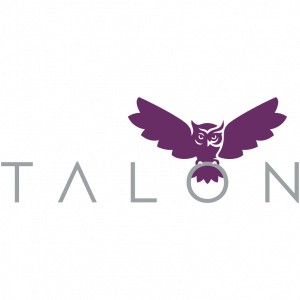The phrase “transparency fines are coming” is now a moot point, because—like it or not—transparency fines are here, and enforcement has begun. As of July 1, 2022, your health plan must disclose price and cost-sharing information to healthcare consumers by providing plan-specific Machine-Readable files (MRFs) that are publicly accessible for free and updated at least monthly.
By January 1, 2023, health plans must provide employees with an online shopping tool featuring 500 shoppable services, as well as personalized out-of-pocket cost information for all covered healthcare items and services. And a year later, by January 1, 2024, all other procedures, prescription drugs*, durable medical equipment and any other item or service must be published as well.
Do you understand your role as a fiduciary? Are you equipped to meet both current and forthcoming transparency mandates? Do you know the very real consequences for non-compliance?
The Reality of Non-Compliance
As an employer, you can, and should, be relying on your benefits advisor and plan administrator to ensure that you are in full compliance with all current and future transparency mandates. That said, at the end of the day, it is you that will be left holding the bag, facing substantial, potentially crippling financial penalties of $100 per affected member, per day for non-compliance.
To put that into perspective, a company with 300 employees could be fined well over $20 million per year. For a company with 1,000 employees, that number could be well over $70 million. Recognizing the risk these penalties pose to the financial soundness of your organization should be of critical importance.
There is no provision in the Transparency in Coverage Rule that makes an exception to fines because an employer finds compliance difficult or waited too long to implement a compliance solution. The “good faith” grace period announced by the Biden Administration last summer expired on July 1, 2022, and enforcement is now very much a reality.
The fact is, compliance doesn’t have to be difficult or burdensome. Further, implementing the right technology solution can yield a tremendous return on investment by putting truly actionable information in the hands of insured individuals that engages, empowers and incentivizes employees to take an active and informed role in their own healthcare.
The Solution
The Transparency in Coverage Rule and No Surprises Act didn’t just create a need for a solution that ensures full compliance to avoid financial penalties, it has manifested a new consumer-first healthcare marketplace through which you and your covered employees can significantly benefit.
Of course there are opportunistic vendors out there providing fractional solutions that are underserving the critical needs of employers seeking a full compliance solution, leaving significant compliance gaps and more work in the long run. What you need is a more comprehensive approach.
Consider this. As an employer, you’re not only facing potentially budget-breaking fines if your business fails to comply with the transparency mandates, but you could be overpaying for employee healthcare by 40% or more due to extreme price variations in the marketplace.
At TALON, for example, we solve for both dangers. We’ve built a suite of software services designed to ensure full compliance with both current and forthcoming transparency requirements, while also leveraging behavioral economics, unmatched benefits expertise, and an unrivaled technology platform to lower healthcare spend long-term and ensure employee access to high-quality care.
Look for a platform that can be seamlessly integrated with existing architectures without hassle or disruption while also eliminating the need for multiple vendors and costly administration fees by consolidating all the tools needed to future-proof your business into one scalable, all-encompassing solution. That’s the best way to turn a new requirement to your advantage.
*Pending further rulemaking








